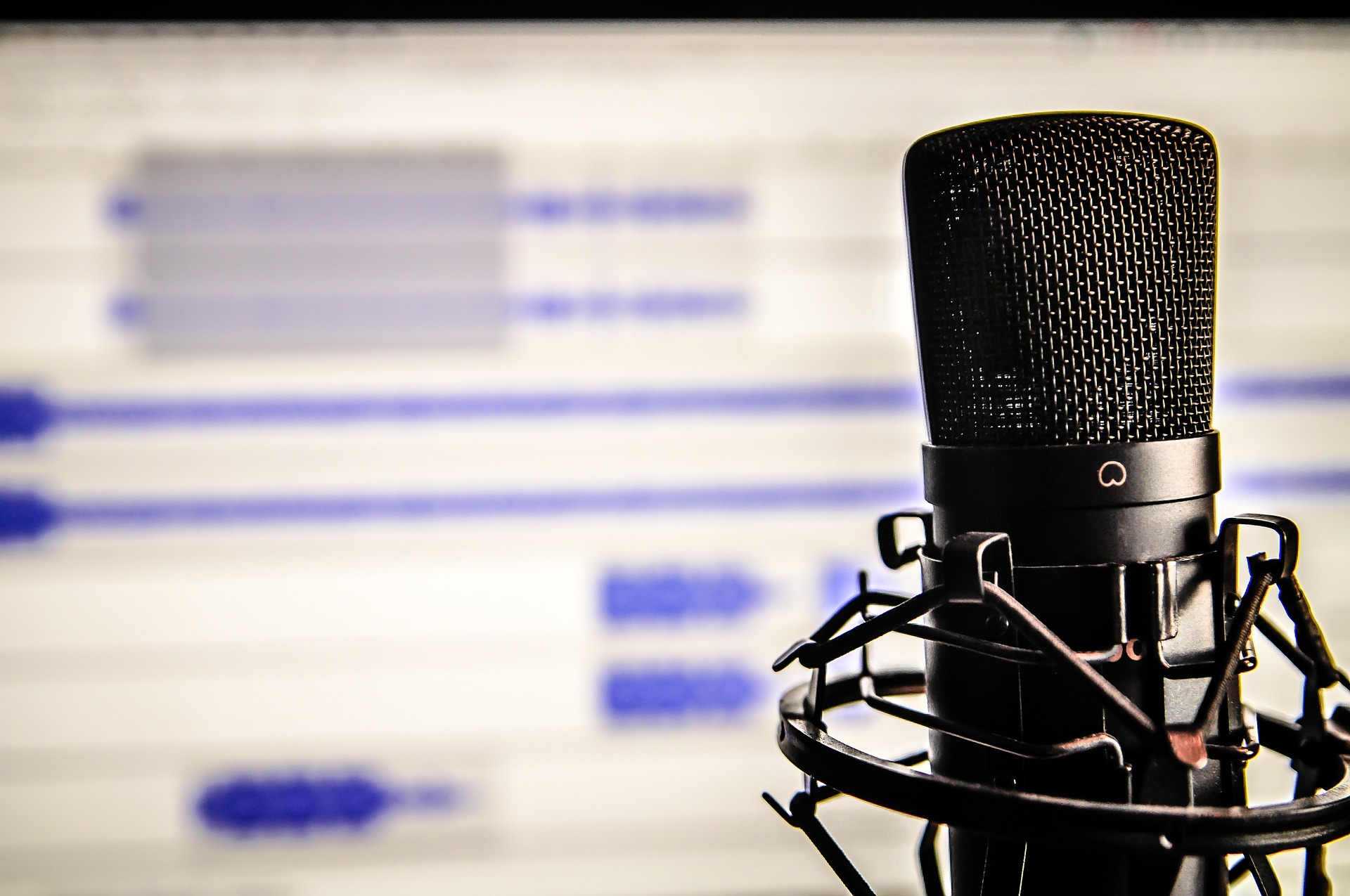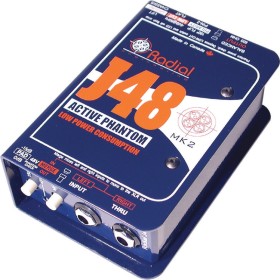1. Preparation
You want to minimize “fixing” things later on down the line. This can range from playing the wrong notes, to having an undesirable recorded guitar tone (discussed later).
As a performing musician, you want to first and foremost make sure that you know your parts as well as possible, so that you’re prepared for anything that may crop up.
If you’re performing/recording in an unfamiliar venue, it will help to have a rehearsal in that room prior to your live performance. This will allow you to become comfortable with the venue and the way it sounds.
2. Going Organic
The most important item of the recording process is (arguably) your guitar amp. This means you want to capture a sound that’s as organic as possible.
You should use a high quality tube amplifier like the Fender Hotrod, or a high-end effects processor.
You don’t need a large amp like a 4 x 12 configuration. At the same time, you want to avoid using something that’s too small, such as a 1 x 8 configuration or smaller.

3. Recording Techniques
It’s a good idea to dial in the best possible sound on your amplifier in order to record a perfect sound. You should spend some time getting a good tone prior to the gig. Once at the performance venue, you will need to fine tune your settings to match the room.
Adjust the EQ on your amp so that you don’t occupy frequencies that belong to other instruments, such as the bass guitar and kick drum. Refer to this guide for achieving the best possible live tone: How to Get Killer Live Guitar Tone – Part 1.
In terms of miking your amplifier, you should take some time to do this properly. Usually the recording engineer will be of assistance in this regard, however you may want to refer to this article in order to learn how to do it yourself: How to Mic Your Amp for the Gig.
4. Maximizing Tone
A string change is mandatory before the recording takes place. This will help for improved tone and eliminate strings breaking during the show. You should also check your intonation in order to make sure your neck is pitch perfect.
The necessary steps should be taken to minimize guitar buzz as much as possible. If your guitar is humming through your amp, you may want to consider the underlying issues such as noisy pickups or unshielded wiring. Using a high quality instrument will help eliminate many issues, including buzz.
As for effects, you should cut back on the reverb and delay. Heavy reverb should be avoided as it can make your sound washy. Remember that you can always apply effects during the mastering phase.
5. Reamping
A good practice for recording live performances is to record an individual dry guitar signal on a separate track. This is recorded separately from the sound coming out of your amplifier.
Once you have the dry guitar signal recorded, it will be possible to “reamp” your amplifier if necessary. This means you can reroute your guitar signal to a different amp or set of effects pedals after the recording is completed (if necessary).
This will allow for several benefits:
- You can focus on your performance instead of your tone;
- If you don’t like the sound of your recorded guitar you can change it;
- You can send your dry track to someone with better equipment and knowledge to reamp for you;
- It’s very easy to fix mistakes after the recording has taken place.
In order to make use of reamping, you will need a DI interface like the Radial J48. This will allow you to split the output of your guitar, sending a signal to your guitar amplifier as well as the recording interface.
If you want to send your recorded signal back through a guitar amplifier, you will need a reamping solution like the Radial X-Amp.
6. Cabinet Simulation
In addition to using a microphone, another option would be to make use of a high quality cabinet simulator like the Palmer PDI 09. This will allow you to send a direct signal from your amplifier to the recording interface, without the need for a microphone.
Some amplifiers include a built-in cabinet simulation output, however you are likely to get better results with an independent device.
If you want to create a stereo type spread, you can try combining the simulated line output from your amplifier with an independent DI box like the Palmer PDI 09. You can then pan each signal left and right. Another option would be to combine a line output with the signal from a microphone.

